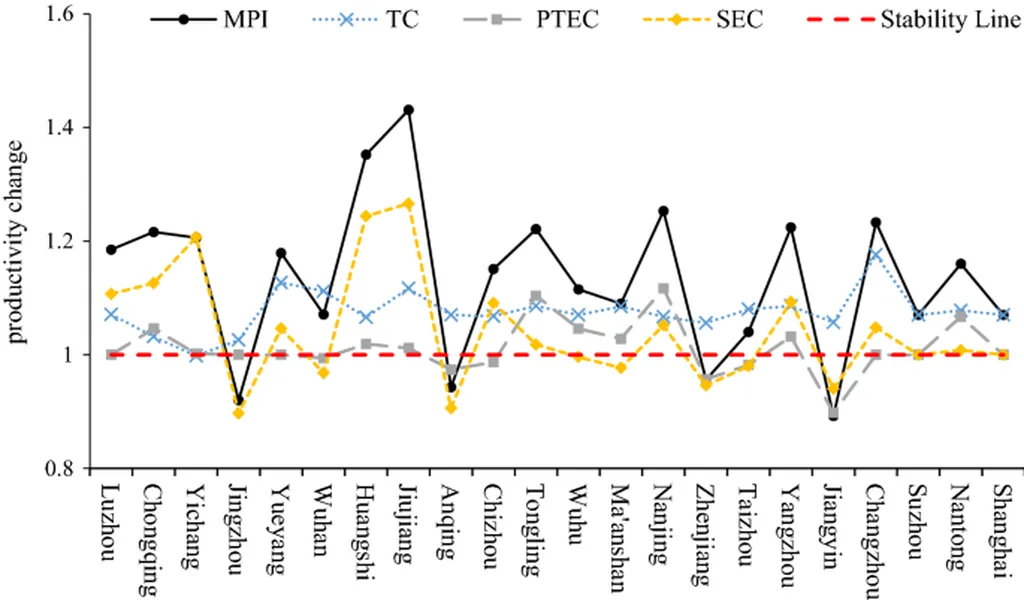In the ever-evolving world of maritime logistics, understanding the delicate balance between supply and demand is crucial for stakeholders to make informed decisions. A recent study published in the journal ‘Applied Sciences’ (translated from Spanish) sheds light on this very topic, focusing on the Yangtze River Freight Market (YRFM). The research, led by Jing Zhai from the State Key Laboratory of Maritime Technology and Safety at Wuhan University of Technology, offers a fresh perspective on predicting the supply-demand status of the inland waterway freight market along the Yangtze River.
So, what’s the big deal about this study? Well, it’s all about the supply-demand balance index model. Zhai and her team took this model, tailored it to fit the unique characteristics of the YRFM, and used some clever statistical methods to divide the state intervals and critical values for the calculated supply-demand balance index. In layman’s terms, they’ve developed a tool that can help predict the ebb and flow of supply and demand in the Yangtze River’s freight market.
But why should maritime professionals care? For starters, the study found that the trend of the supply-demand balance index was consistent with the Yangtze River’s dry bulk cargo comprehensive freight index. This means that the latter can serve as a barometer for the YRFM. As Zhai puts it, “The model calculation results can truly reflect the supply-demand status of the YRFM.”
This is big news for operators and policymakers alike. For operators, understanding the supply-demand dynamics can help optimize transportation capacity, leading to more efficient operations and potentially significant cost savings. For policymakers, the insights gleaned from this study can inform targeted policy adjustments, ensuring that the market remains stable and competitive.
The commercial impacts of this research are substantial. By accurately predicting the supply-demand status, stakeholders can make data-driven decisions, reducing the risk of overcapacity or shortages. This can lead to more stable freight rates, improved operational efficiency, and ultimately, a more robust and resilient freight market.
Moreover, the study opens up opportunities for further research and innovation in the maritime sector. As Zhai notes, the model can be refined and adapted to other inland waterway freight markets, providing valuable insights for a broader range of stakeholders.
In conclusion, this study is a significant step forward in understanding the supply-demand dynamics of the Yangtze River Freight Market. For maritime professionals, it offers a powerful tool for optimizing operations and making informed decisions. And for the industry as a whole, it paves the way for further innovation and growth. So, whether you’re an operator, a policymaker, or just someone with a keen interest in maritime logistics, this research is definitely worth your attention.

